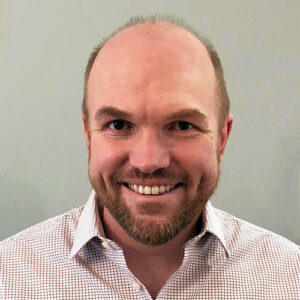Making Our Campus More Accessible: University Transition Plan

The physical properties that make NC State such a special and unique place for someone to study, work and visit also present many challenges to the university’s ability to provide universal access to the campus. An active rail line bisecting a major portion, as well as the varied topography and infrastructure dating from the late 1800s to today are a few of the issues.

This past year, NC State contracted with the Institute for Human Centered Design (IHCD) in Boston, Massachusetts, to conduct a comprehensive accessibility assessment of the academic and administrative buildings in the North Campus precinct. Led by the Office of the University Architect (OUA) within the Facilities Division of the Office of Finance and Administration, the effort is part of the university’s ongoing efforts to address the current level of accessibility within the oldest portion of campus and update the university’s existing Americans with Disabilities (ADA) Transition Plan.
As a public institution, NC State has an overarching responsibility for program accessibility under Title II of the ADA. The university must ensure that programs are made equally available to people with disabilities. Accessibility can mean moving a program or function to an accessible space in the same building, to an accessible space in another building, or through renovations. On campus, the most frequent remedy involves the introduction of appropriate furniture and equipment. However, the tasks can also be much more complex and costly.
IHCD surveyed a total of 34 buildings within the precinct, each identified and ranked by OUA in terms of priority depending on physical condition, renovation history, frequency of access and program requirements. The survey process involved an ADA self-evaluation, which included physical inspections, dimension and clearance verification and analysis. Upon completion, the assessment team prepared specific recommendations and presented a series of reports to OUA.
For each of the buildings surveyed, a comprehensive report identifies basic information about the building’s key accessibility issues and order of magnitude cost estimates. The reports also include an illustrated building catalog detailing non-compliant elements, existing conditions, recommendations for corrective measures and a spreadsheet of cost estimations. This documentation will assist NC State in meeting its responsibilities to ensure non-discrimination and provide equal opportunity for students, faculty, staff and members of the general public who visit campus.
In some instances, we can achieve full compliance through relatively simple measures involving appropriately placed signage, installing additional accessible seating or assistive listening systems (ALS) in classrooms, or modifications to existing door hardware. In other situations, the lack of accessible verticular circulation or elevators and appropriately sized restrooms can hinder compliance.
Establishing priorities allows Facilities to make informed decisions as funding becomes available, through incremental improvements and alterations as well as during the planning of larger capital projects.
Chris Johnson is a facility planner in the University Architect’s Office.
- Categories:


